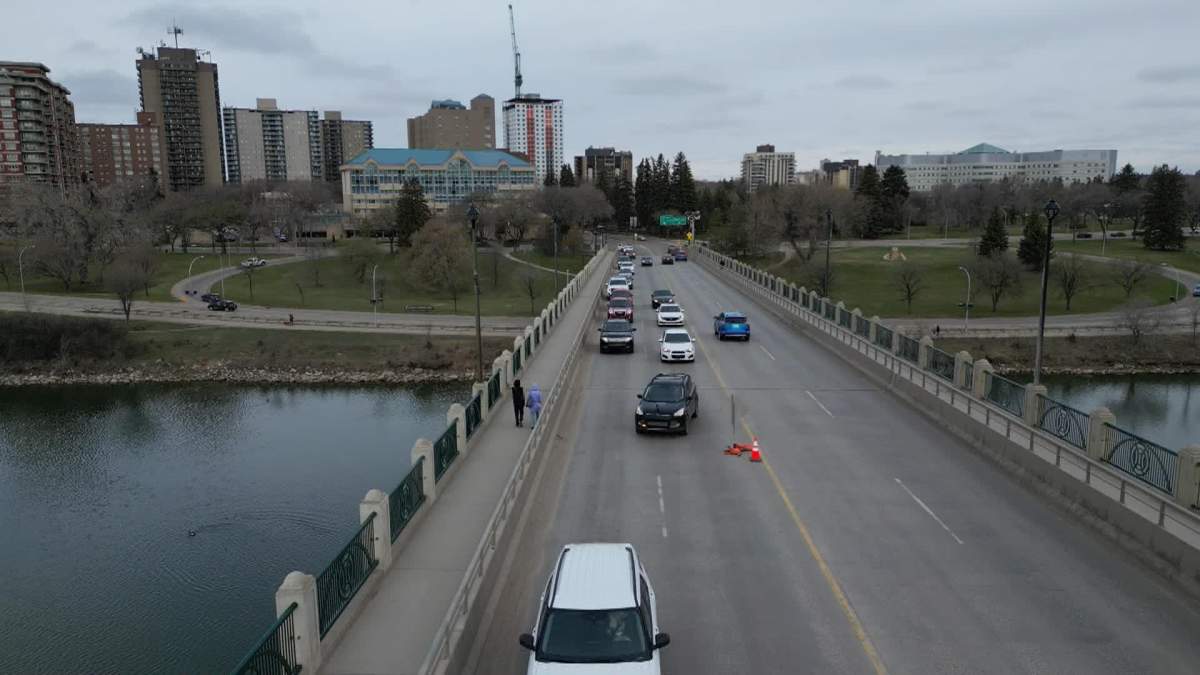Construction season kicks off in Saskatchewan and the topic of zipper merging pops back up with it.

SGI spokesperson Tyler McMurchy said the zipper merge is very important.
“It’s also the best way to smoothly and efficiently get through a construction zone, or any time when two lanes become one,” McMurchy said.
He said if you’ve ever been through a double-lane drive-thru, the principle is the same.
McMurchy said the zipper merge addresses the problem where people will prematurely merge when they see a construction sign up ahead.
“Some people are very polite and they feel like they’re butting in line, but it’s not butting, it’s just using all the space efficiently.”
The City of Saskatoon has a whole section of its website dedicated to merging guidelines, which says that zipper merging is more efficient for drivers in both lanes.
“It also creates a sense of fairness and equity that all lanes are moving at the same rate,” the city said.

Get breaking National news
The city said it also helps reduce the difference in speeds between the two lanes, the overall length of traffic backup and congestion on freeway interchanges.
Looking at the construction impacting College Drive in Saskatoon starting at Clarence Avenue, while there were some people who used the zipper merge system along University Bridge, many drivers did not, often leading to a backup in traffic to Spadina Crescent.
“When most drivers see the first sign of construction, they quickly move to the lane that will continue through the construction area. This is appropriate when traffic is very light; however, in high-traffic/high-speed areas, this driving behavior can lead to unexpected and dangerous lane switching, serious crashes and road rage.”










Comments